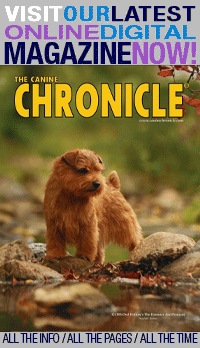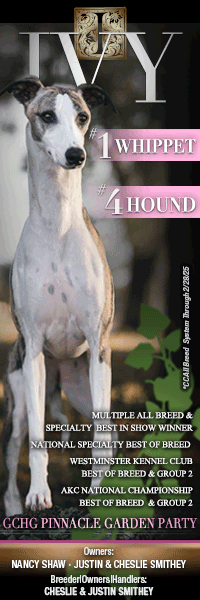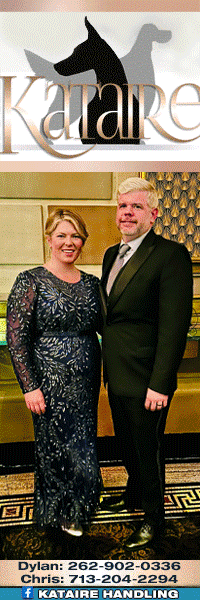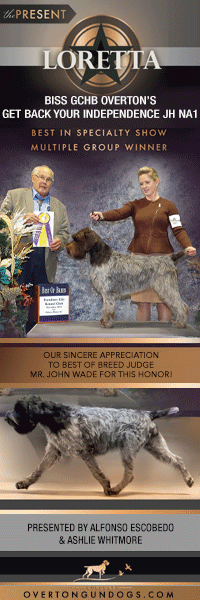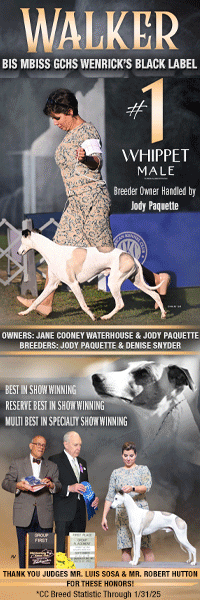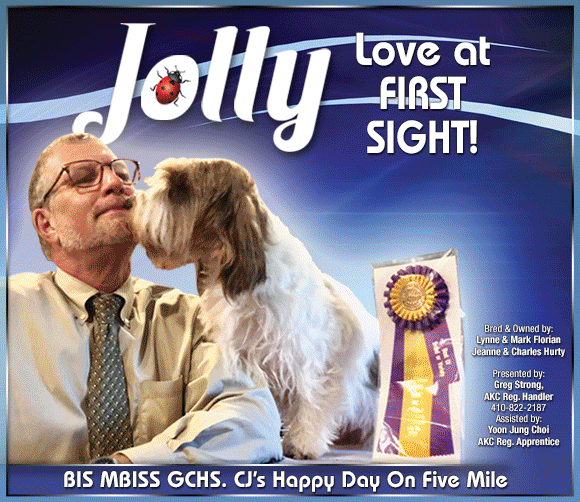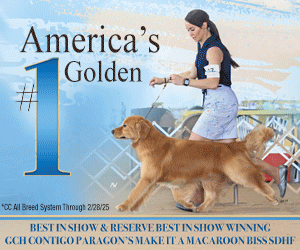Changes to Breed Standards
By: Michelle Scott
I’ve been thinking a lot about clubs making changes to breed standards so I decided to do some research. The breed that is proving to be the most entertaining to me so far is the Maltese. The oldest breed standard I have for them was written around 1875 and you have to keep in mind that the dog men of the day were true sportsmen. Under “General Appearance: A compact little dog, excitable when released from restraint, but palpably unfit for anything but an indoor existence.” The next breed standard I have for them was published in 1954 and there was an obvious change in the role of the dog in society and the caretakers of the breed standard, “General Appearance: Intelligent, sprightly, affectionate with long straight coat hanging evenly down each side, the parting extending from nose to root of tail. Although the frame is hidden beneath a mantle of hair, the general appearance should suggest a vigorous well-proportioned body”. The current standard was approved in 1964 and reads “The Maltese is a toy dog covered from head to foot with a mantle of long, silky, white hair. He is gentle-mannered and affectionate, eager and sprightly in action, and, despite his size, possessed of the vigor needed for a satisfactory companion”.
Weight has changed – 1875 – “Size: from 5-7 pounds, or even more”. 1954 – “Weight: Not to exceed 7 pounds. Smaller the better. Under 3 pounds ideal”. 1964 – “Size: Weight under 7 pounds, with from 4-6 pounds preferred. Overall quality is to be favored over size”.
A notable change was ears. 1875 – “Ears, set on high, and well covered with long white, silky hair”. 1954 – “Drop ears set slightly low, profusely covered with long hair”. 1964 – “The drop ears are rather low set and heavily feathered with long hair that hangs close to the head”.
The role of the Maltese was as a companion dog with a beautiful coat so does it really matter if the ears are set high or rather low? It’s purely esthetics and apparently today we prefer them set rather low.
In breeds that actually had a form developed by it’s function it does make a difference. As the caretakers of our current breed standards please don’t try to change them to reflect what’s winning today or what you want to win today – these dogs have a noble history and we owe it to them to know that history and preserve them.
Short URL: https://caninechronicle.com/?p=230723
Comments are closed
